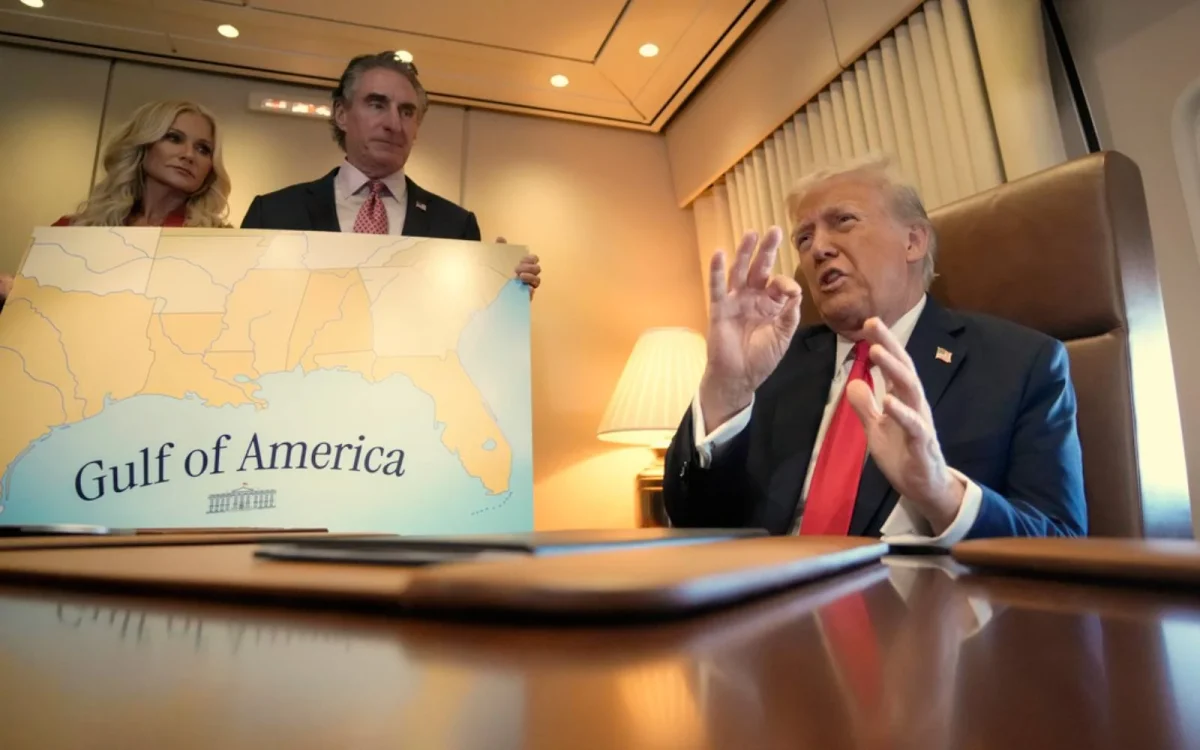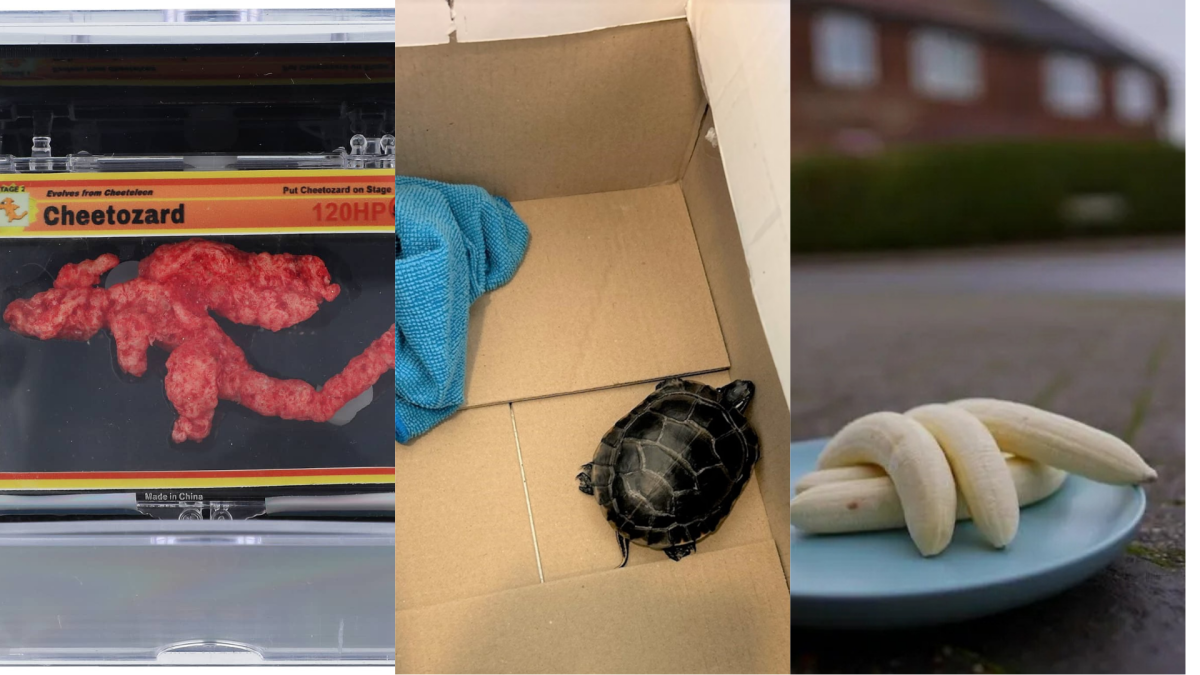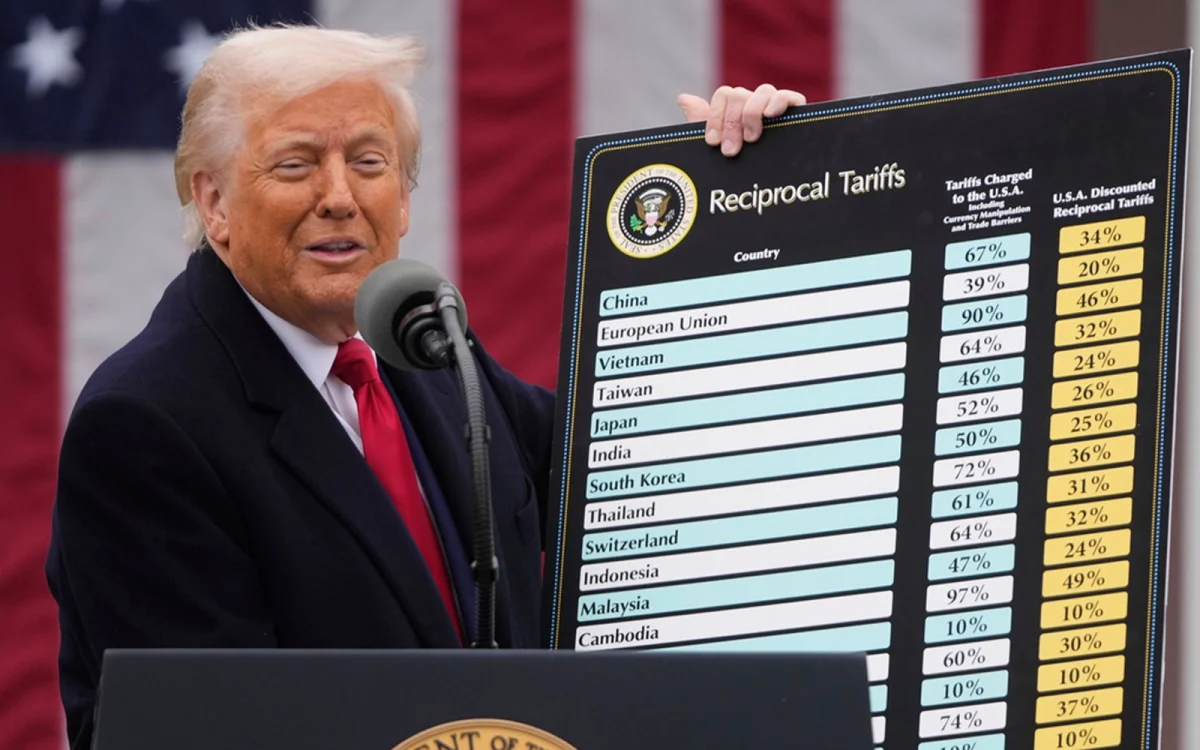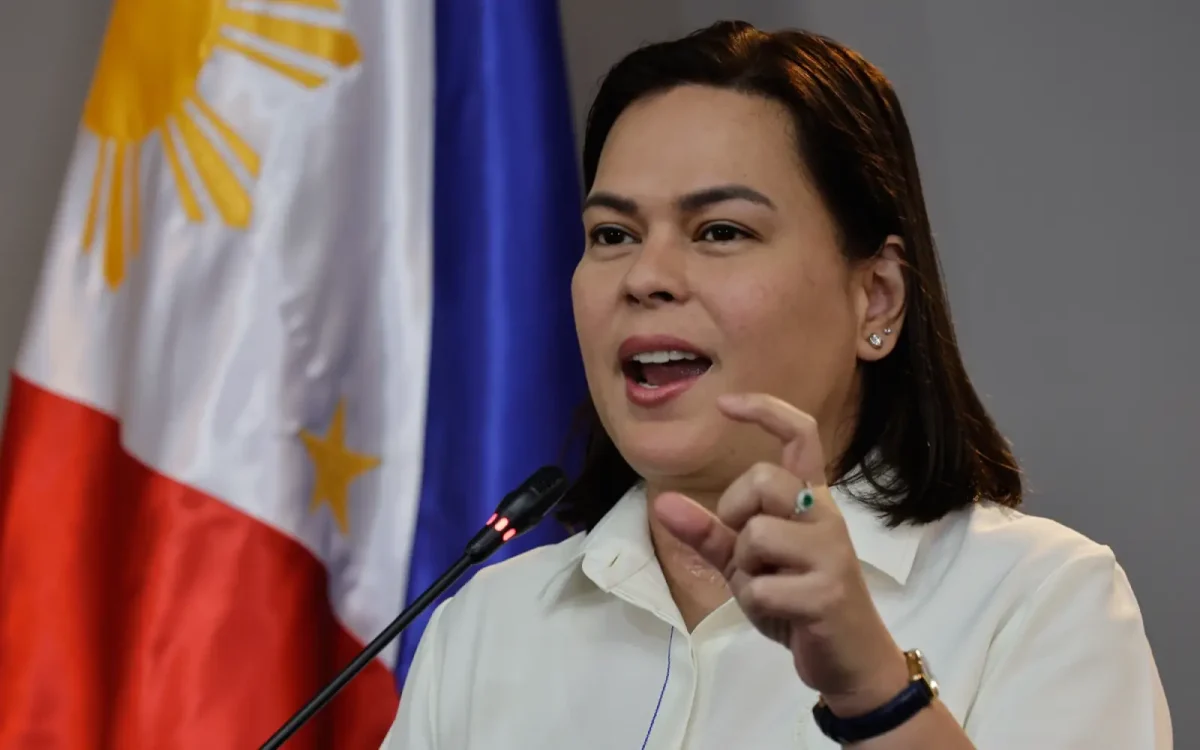On January 20, 2025, President Trump teased his plan of renaming the Gulf of Mexico to the Gulf of America during his inauguration speech. “America will reclaim its rightful place as the greatest, most powerful, most respected nation on earth, inspiring the awe and admiration of the entire world.” He added, “A short time from now, we are going to be changing the name of the Gulf of Mexico to the Gulf of America.”
Later that day, Trump signed the “Restoring Names That Honor American Greatness” executive order. The order stated that the name should officially be changed to the Gulf of America on federal maps and documents in the next 30 days. Federal bodies within the American government must officially refer to the gulf as the Gulf of America. The order also called for the renaming of Denali, the highest mountain peak in America, back to its name given in 1896 after William McKinley, the 25th president.
The Gulf of Mexico is a part of the Atlantic Sea that is encapsulated by parts of the United States, Mexico, and Cuba. The name “Gulf of Mexico” was given by Spanish colonizers after settling and mapping out areas around Mexico and has been in use since the 17th century. Before Spanish colonization of the Americas, many indigenous communities had several names for the gulf. The Aztecs used the name “Chalchiuhtlicueyecatl,” inspired by gods of the seas, while the Mayans used the name “Chactemal,” inspired by the red tint of the sunset over the gulf. It is important to note that when Trump renamed the gulf, he was referring to “America” as the United States, and not the Americas which would include Canada and Mexico.
On February 11, Google Maps changed the name of the gulf to the Gulf of America for users within the United States. For users in Mexico, the name remained the Gulf of Mexico. For users outside the United States and Mexico, the gulf is named Gulf of Mexico (Gulf of America).
The name change on Google Maps has gotten much criticism from the public. Responding to the criticism, Google posted on X that they, “have a longstanding practice of applying name changes when they have been updated in official government sources.” The name change has been taken seriously by federal agencies within the United States, but Aubrey Jewett, a Political Science Professor at UCF, notes that, “the president can change the name officially for all the federal agencies and the government, [but] he does not have the authority to change the name for everyone in the world.”
The gulf holds tremendous economic opportunities for surrounding countries, and by renaming the gulf after America, Trump strives to use his power by putting a claim on any opportunity. One of Trump’s goals for the beginning of his presidency is to increase oil drilling, and there are over 120 active oil rigs in the gulf. On January 6, before Trump was inaugurated, President Biden banned offshore drilling around America. Trump has voiced his disapproval, stating that, “we will drill baby, drill.” The gulf is a hotspot for oil exploration, so by renaming the gulf, Trump aims to exercise authority over any oil drilling within the area.
When Trump initially brought up the idea of the name change at his inauguration, Claudia Sheinbaum, the President of Mexico, jokingly said that North America should be renamed to “América Mexicana,” meaning “Mexican America.” On a more serious note, after the name was changed to Gulf of Mexico (Gulf of America) in areas outside of Mexico and the United States on Google Maps, Sheinbaum threatened to sue Google, stating, “We will wait for Google’s response and if not, we will proceed to court.”
The ownership and names of bodies of water are often fought over because the ownership is not clearly defined when being surrounded by multiple countries. It is hard to determine if the name “Gulf of America” will stick. Only time will tell whether the rest of the world will adopt the new name for the gulf, but keeping in mind that the initial name has been in use since the 1600s, the world is bound to stick to the name they have known for centuries.







